Why is visual learning so successful for students?
The truth is, most students enjoy learning by looking at words and reading images. Here, Anthony Koshy, Principal, Global Indian International School looks at the young mind to understand why it prefers flipping through a photo book but not so much a textbook.
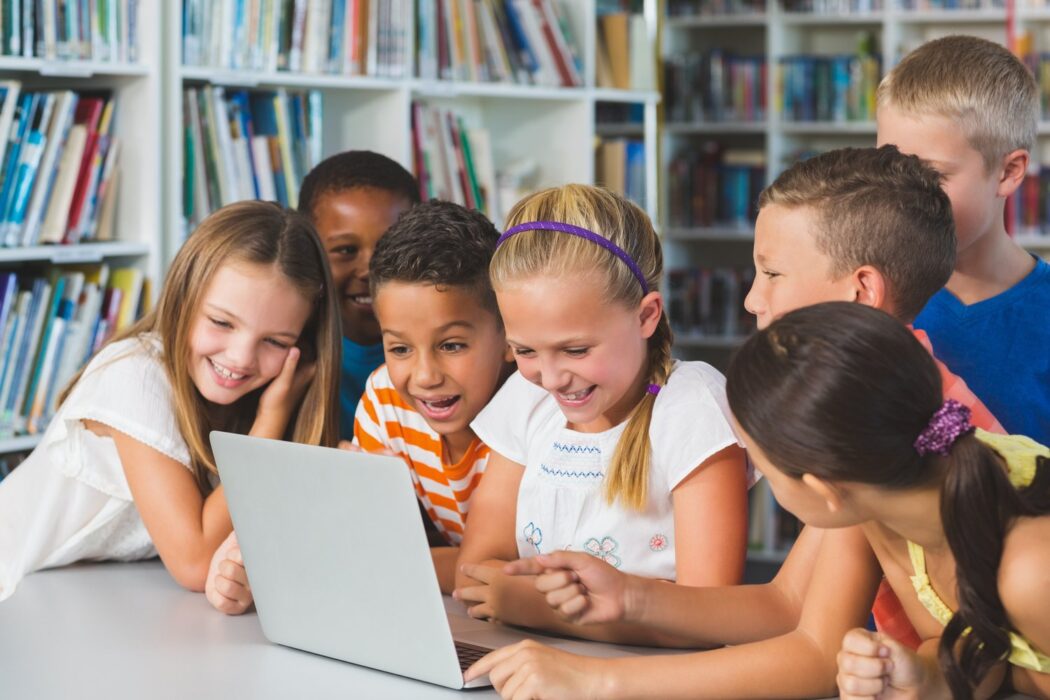
Eliza is an intellectually curious second grader who is preparing a project on ‘Your Favourite Shape.’ She chooses to draw a plane figure with four equal sides and four right angles (a square!) However, would the word ‘square’ have any meaning if her mind had no ‘image’ of the square to compare it to? This example demonstrates not just the power but also the necessity of visual learning.
A picture paints a thousand words
Going back to the example mentioned above, it’s easier to understand why neither one nor 11 words can do what a single image can. But more importantly, this “picture superiority effect” is supported by science. The Visual Teaching Alliance found that the human brain processes images 60,000 times faster than text. So, what happens when your child learns complex concepts by pairing them with meaningful images? They’re able to retain gargantuan volumes of information with ease! Students are never afraid of learning; they simply detest the black-and-white text-only approach.
2+2=4 is not always as simple as it sounds Ever wondered why your child sometimes doesn’t get 2+2 right? Well, the definition of ‘simple’ is worlds apart between a five-year-old and us adults. Your ideal approach could be something like this: Promise to reward your young child with two chocolates for good performance, then give two more as a special extra for doing so well. Then ask: ‘How many chocolates do you have?’ The child will exclaim in excitement, “four!”. This way, they will have a clear understanding of the simple concept of addition, and a feeling of utter joy. Now, what sped up the learning process here? The visual learning approach involved the child’s emotions, where your child associated the ‘addition’ of two more chocolates with ‘joy.’ Similarly, if you take back the two chocolates, it would generate ‘negative’ emotions, helping your child relate them to the concept of ‘subtraction.’ The lesson learnt here will remain in the young mind for a lifetime.
Pictography existed long before written text Long live pictographs! Well, they have always been in existence way before the written text or even the camera came into the scene. The pre-tablet-scriptwriting era had their teachings passed down orally from one generation to the other. So, how did the ancients manage to write down long epic poetry years later? The ‘camera’ of the human mind locked images of the larger-than-life vivid descriptions, much like the visual storytelling you see in the silent films of Charlie Chaplin.
Use of ‘relatable’ images can make it easier for your child to understand an unknown concept. For example, some concepts like the functioning of the brain or the digestive system cannot be shown in person; however, visual learning can help in two ways: Interactive VR technology and visual storytelling (like comparing the brain to a computer and the digestive system to a masticating juicer in this case)
This way, students not only understand the otherwise challenging concepts but also discover how “everything connects to everything else.”
Stories are much more appetising than mere data. Why is it that most students still choose to watch a Shakespearean drama rather than read it? Because getting into the characters’ shoes happens more naturally in the case of the former. The true-to-life visuals and the ebb-and-flow of emotions invite the students to be more than just spectators and become a part of the story. As a result, they decode the script better, know the chronological order of events by heart, and remember the scenes for years to come.
BRIDGING THE TEACHLEARN GAP WITH VISUAL AIDS
Collaborative virtual whiteboards There was a time when classrooms used projectors for learning; that time was yesterday. Today, interactive virtual whiteboards are replacing projectors. Through touching, drawing, or writing on a whiteboard, students can interact with the learning material. Or even play educational games to keep the learning sessions fun. Such whiteboards also help teachers to provide immediate feedback and assess student progress more effectively.
Virtual reality (VR) technology
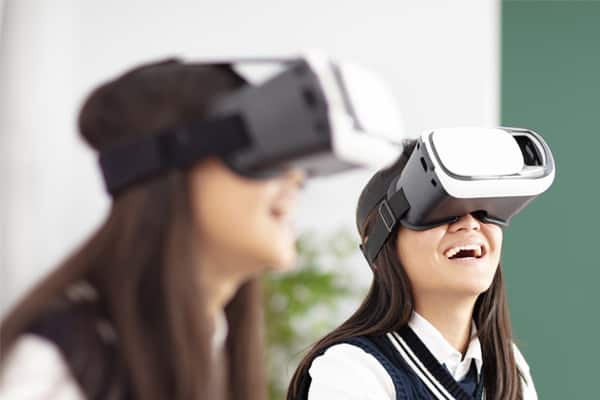
Perhaps nothing can beat VR technology in bringing the world into the classroom. Take the Google Expeditions Tour Creator, for instance – With over 900 VR expeditions, students can explore any part of the world they want. From Mount Everest to the Louvre of Paris, VR makes it all accessible simply with the help of a VR headset. Or, let’s consider the scientific VR game, InMind2, wherein students get the rare opportunity to learn inaccessible processes such as brain chemistry responsible for controlling human emotions. By helping a teenager named John to become his future self, students learn all about complex emotions in a fun and easy-to-understand way. The multi-sensory experience that VR provides ticks all boxes for visual learning, which is learning by seeing and doing, engaging the visceral emotions, and becoming a part of the story.
Robotics
The students of yesterday enjoyed driving remote-controlled cars and flying remote controlled planes. But today’s students can build, run, and interact with remote controlled robots! Mainly helpful in STEM (Science, Technology, Engineering, and Mathematics) disciplines where practice precedes theory, robotics encourages spatial learning, instils perseverance, and boosts creativity. For example, the Makeblock mBot is an easy-to-make and control robot-on wheels designed to introduce students to robotics, electronics, and programming. Another example is the Robo Wunderkind, for which students need to connect a set of blocks to build their own robot, which can later be controlled using an app.
Is your child learning visually? The desire to learn is an innate one that simply needs to be nurtured the right way. Do you want your child to learn in an environment most conducive to their needs? At our GIIS campus, imparting holistic education is at the forefront with fully equipped learning tools and infrastructure to offer children of today a world-class learning experience to make them global citizens of tomorrow.


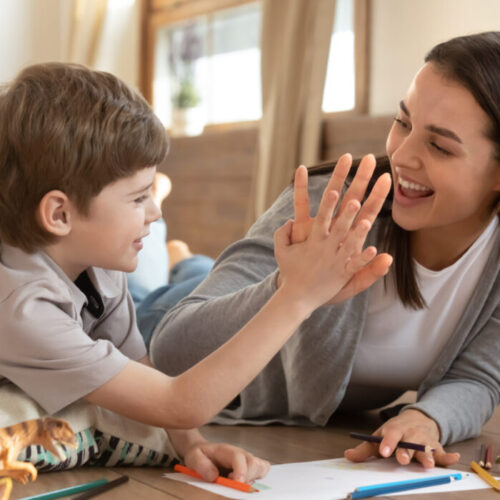
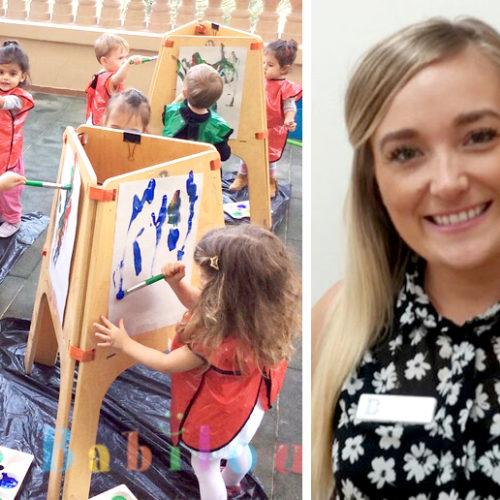
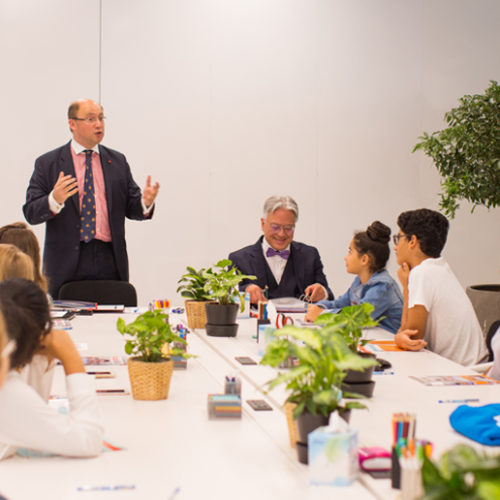







Comments